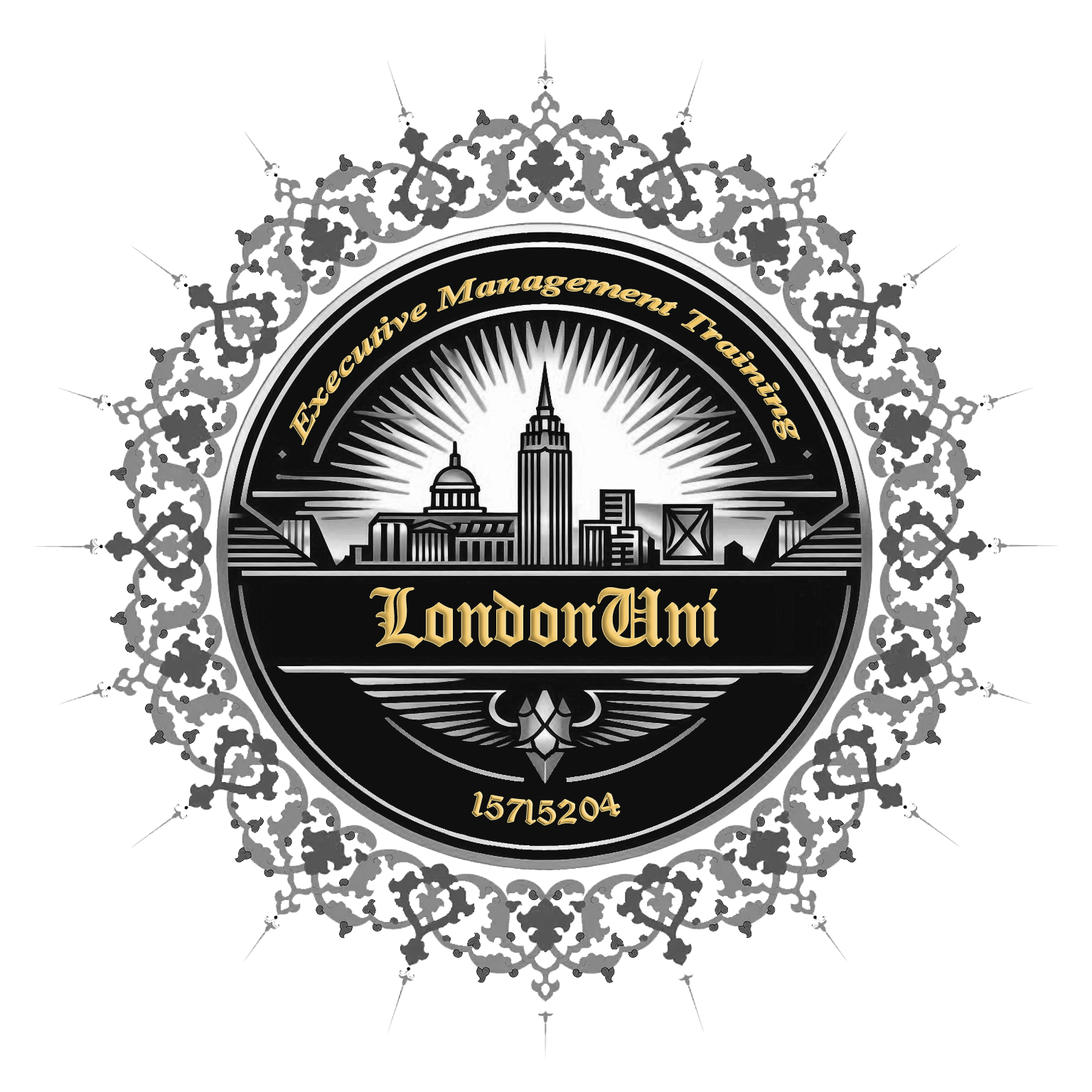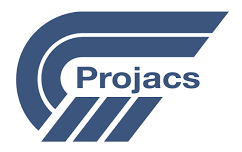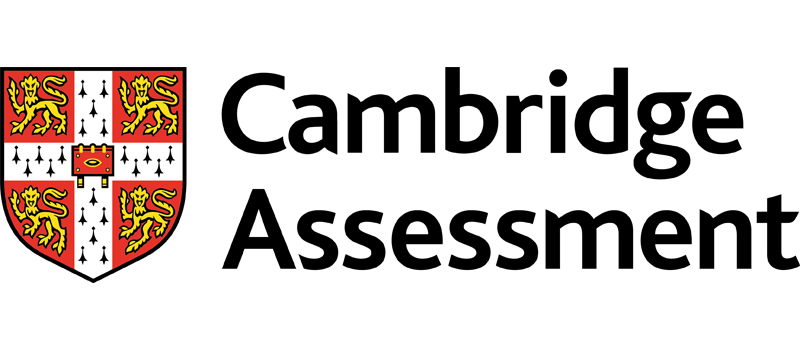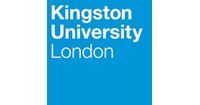
Effective Succession Planning Strategies
Course ID: 2507147101106EGI
Course Dates : 14/07/25 Course Duration : 5 Studying Day/s Course Location: Dubai, UAE
Language: Bilingual
Course Category: Professional and CPD Training Programs
Course Subcategories: Operations and Process Excellence
Course Certified By: * Projacs Academy
* Professional Training and CPD Programs
Certification Will Be Issued From :
KSA
Course Fees: £2,922.57
Vat Not Included in the price. VAT may vary depending on the country where the course or workshop is held.
Click to Pay
Date has passed please contact us Sales@e-s-hub.com
Course Information
Introduction
Succession planning is a cornerstone of organizational sustainability, yet it remains one of the most underutilized strategies in modern business environments. As industries evolve at an unprecedented pace, organizations face increasing pressure to ensure leadership continuity and mitigate risks associated with talent gaps. The departure of key personnel—whether due to retirement, resignation, or unforeseen circumstances—can disrupt operations, erode institutional knowledge, and hinder growth. This course addresses these challenges by equipping participants with the tools, frameworks, and methodologies needed to design and implement robust succession planning systems.
The importance of effective succession planning cannot be overstated. According to the Harvard Business Review, companies that fail to prioritize leadership development are 2.5 times more likely to experience financial instability during transitions. Despite this, many organizations lack a formalized approach, often relying on ad-hoc decisions or outdated practices. For instance, a well-documented case study of a global manufacturing firm revealed how the sudden exit of its CEO led to a six-month leadership vacuum, resulting in missed market opportunities and declining employee morale. By mastering the principles outlined in this course, participants will be better prepared to anticipate such scenarios and develop proactive solutions.
A critical gap in current practice lies in the integration of succession planning with broader talent management strategies. Many organizations treat succession planning as an isolated activity rather than embedding it within their overall human capital framework. Drawing from established theories such as the Talent Pipeline Model and the 9-Box Grid Framework, this course bridges that divide by demonstrating how succession planning can align with performance management, workforce analytics, and diversity initiatives. Participants will explore real-world examples, such as how tech giant Google uses predictive analytics to identify high-potential employees and groom them for future leadership roles.
For individuals, mastering succession planning offers a competitive edge in career advancement. Professionals who understand how to identify, develop, and retain top talent position themselves as indispensable assets to their organizations. Moreover, they gain the ability to influence strategic decision-making and contribute to long-term success. On an organizational level, effective succession planning fosters resilience, enhances employee engagement, and supports diversity and inclusion efforts. A notable example is Procter & Gamble’s “Build From Within” philosophy, which has consistently produced internal leaders capable of driving innovation and maintaining market dominance.
Despite its clear benefits, implementing succession planning requires a nuanced understanding of both theory and practice. Participants will delve into practical applications, such as creating competency models, conducting talent reviews, and designing individualized development plans. They will also examine compliance considerations, including legal requirements related to equal opportunity and anti-discrimination policies. Through interactive sessions and case studies, attendees will learn how to navigate complex organizational dynamics while fostering a culture of continuous learning and improvement.
This course is designed to empower professionals across various sectors to take ownership of their organization’s future. Whether you’re an HR leader seeking to enhance your department’s capabilities or a senior executive aiming to secure your company’s legacy, the insights gained here will prove invaluable. By the end of the program, participants will not only possess a comprehensive toolkit for succession planning but also the confidence to champion transformative change within their organizations.
Objectives
By attending this course, participants will be able to:
Analyze organizational needs and identify critical roles requiring succession planning.
Evaluate existing talent pools using evidence-based assessment tools and frameworks.
Design tailored development programs to prepare high-potential employees for leadership positions.
Implement strategies to integrate succession planning with broader talent management initiatives.
Apply ethical and inclusive practices to ensure fairness and compliance in all succession-related activities.
Create actionable contingency plans to address unexpected leadership vacancies.
Measure the effectiveness of succession planning efforts through key performance indicators (KPIs) and feedback mechanisms.
Who Should Attend?
This course is ideal for:
HR managers and directors responsible for workforce planning and talent development.
Senior executives tasked with ensuring leadership continuity and organizational stability.
Team leaders and middle managers seeking to enhance their skills in identifying and nurturing potential successors.
Organizational development consultants advising clients on talent strategy.
These groups will find the course particularly valuable as it provides practical tools and frameworks that directly address their professional responsibilities. While prior knowledge of HR concepts is beneficial, the course is structured to accommodate both intermediate learners and advanced practitioners looking to refine their expertise.
Training Method
• Pre-assessment
• Live group instruction
• Use of real-world examples, case studies and exercises
• Interactive participation and discussion
• Power point presentation, LCD and flip chart
• Group activities and tests
• Each participant receives a 7” Tablet containing a copy of the presentation, slides and handouts
• Post-assessment
Program Support
This program is supported by:
* Interactive discussions
* Role-play
* Case studies and highlight the techniques available to the participants.
Daily Agenda
The course agenda will be as follows:
• Technical Session 08.30-10.00 am
• Coffee Break 10.00-10.15 am
• Technical Session 10.15-12.15 noon
• Coffee Break 12.15-12.45 pm
• Technical Session 12.45-02.30 pm
• Course Ends 02.30 pm
Course Outlines
Foundations of Succession Planning
Understanding the strategic importance of succession planning.
Key theories and frameworks: Talent Pipeline Model, 9-Box Grid, and Competency Mapping.
Identifying critical roles and potential risks within organizations.
Aligning succession planning with organizational goals and vision.
Day 2:
Assessing and Developing Talent
Conducting talent audits and gap analyses.
Utilizing assessment tools to evaluate high-potential employees.
Designing personalized development plans for emerging leaders.
Incorporating mentorship and coaching into talent pipelines.
Day 3:
Integrating Succession Planning with Talent Management
Linking succession planning to performance management systems.
Leveraging workforce analytics for data-driven decision-making.
Promoting diversity and inclusion in leadership pipelines.
Addressing common barriers to implementation.
Day 4:
Practical Applications and Compliance
Creating actionable contingency plans for leadership transitions.
Ensuring compliance with legal and ethical standards.
Case studies: Lessons learned from successful succession planning initiatives.
Role-playing exercises: Simulating real-world succession scenarios.
Day 5:
Measuring Success and Continuous Improvement
Establishing KPIs to track the effectiveness of succession planning.
Gathering stakeholder feedback and refining processes.
Building a culture of continuous learning and adaptability.
Final project: Presenting a customized succession plan for review.



















































